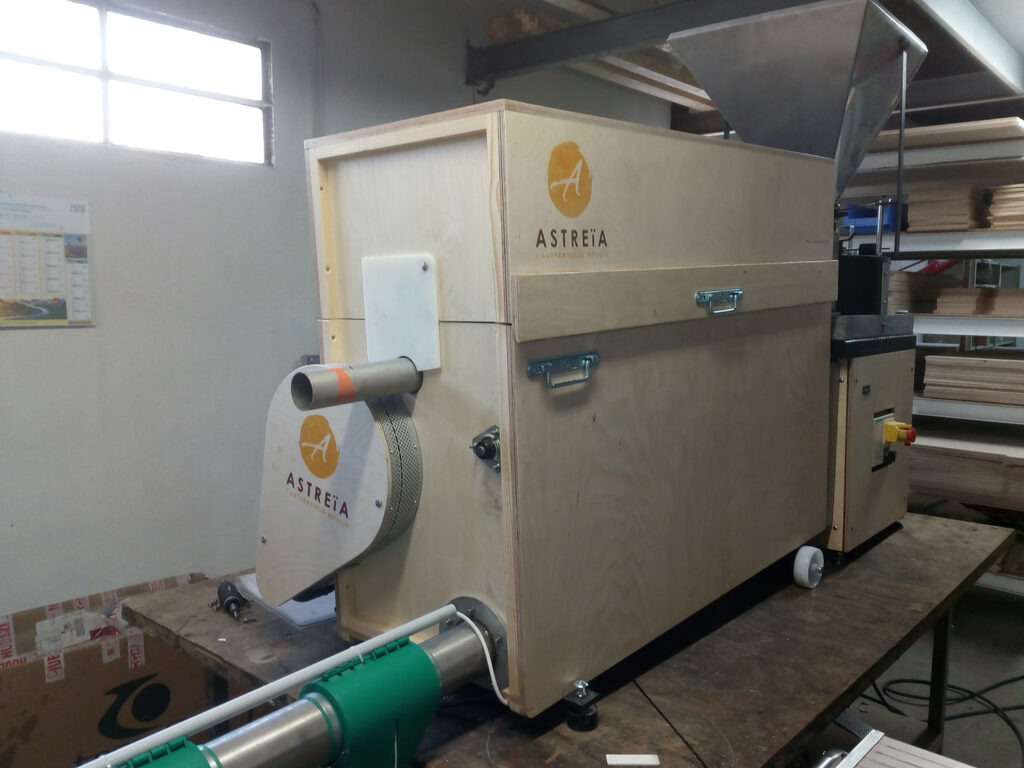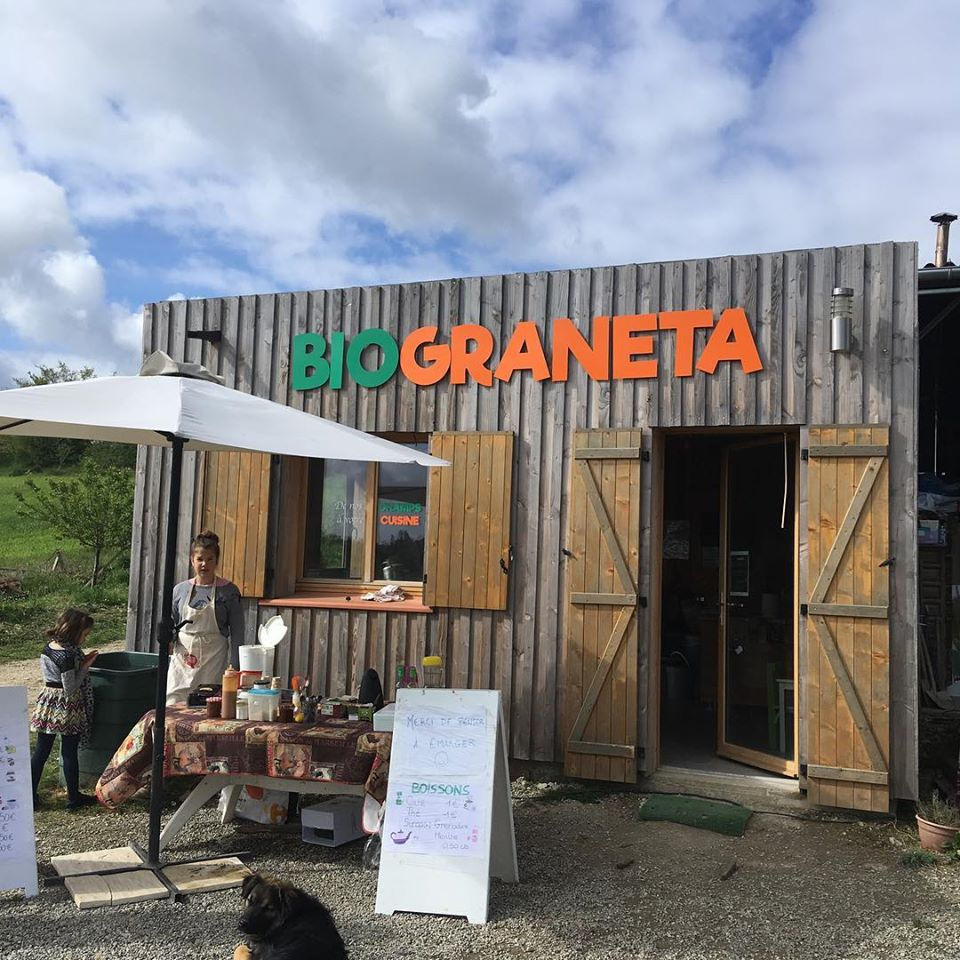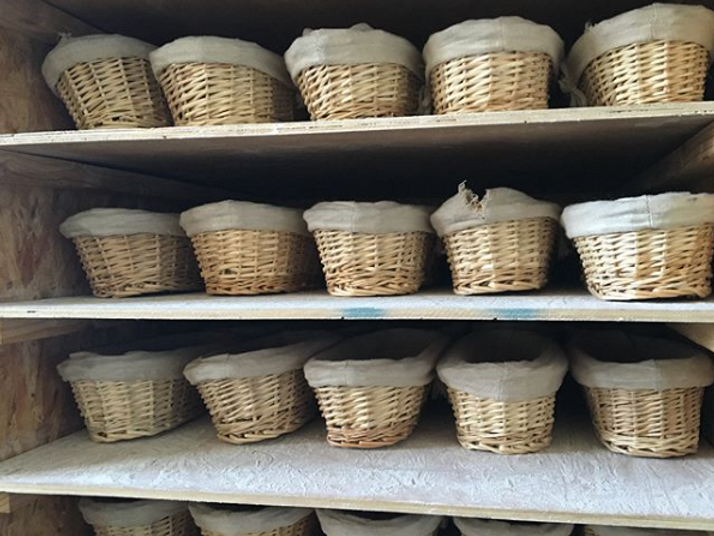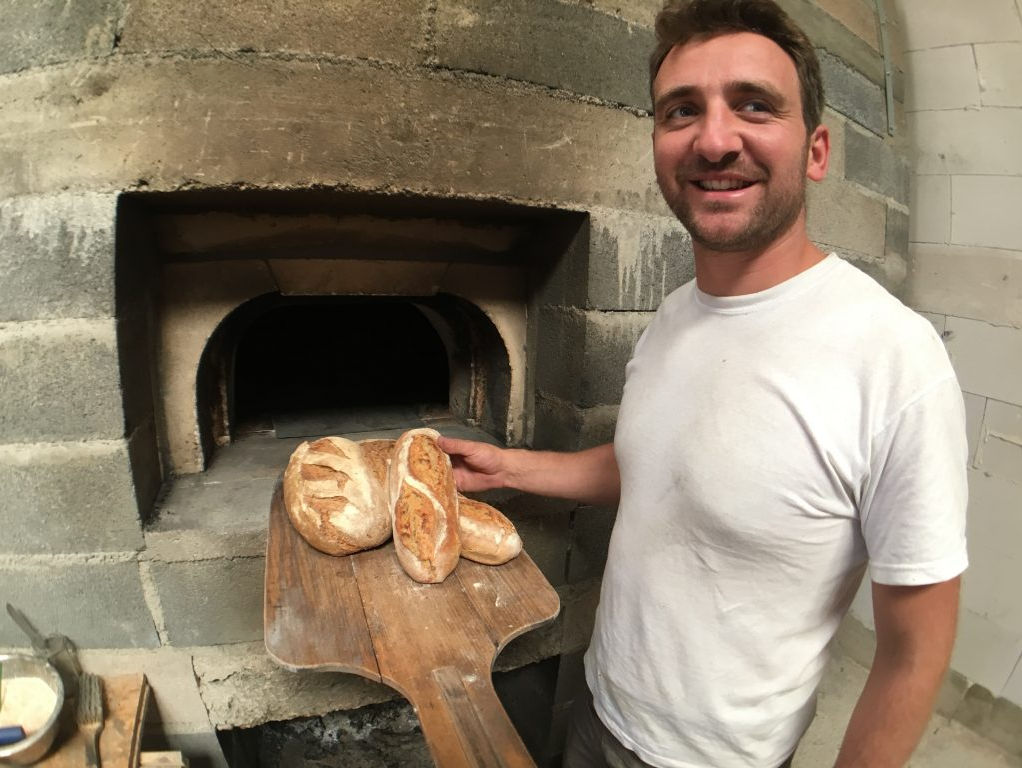Stand out from the crowd by making your own flour
This first idea represents an excellent opportunity to differentiate yourself, for several reasons.
You control your value chain
Firstly, by becoming a miller, you manage your entire value chain. For your customer, that’s a considerable advantage. Finding a professional who masters the growing and processing of cereals and the making of bread, pasta or biscuits means you know everything about the end product. The quality of the ingredients is controlled from A to Z, and you can offer your customers total transparency.

Choosing the type of flour
The second reason to become a miller is that by having control over the transformation of your cereals into flour, you can choose for yourself what type of flour you produce: so you can avoid flours swollen with GMOs, and opt for a milling quality that’s out of the ordinary. Unrefined, wholemeal and semi-complete flours, full of nutrients (vitamins, proteins, minerals…) and with an inimitable taste, can then take their place at the heart of all your finished products.
To do this, you can rely on the Astrié mill, which is particularly well known and appreciated for the quality of the grind it produces: instead of crushing the grain, the millstones unroll it, to preserve every part of the cereal. The result is a rich flour that’s easy to digest!
Controlling performance
By producing your own flour, you also have control over yield: you can produce just the right amount of flour you need to meet your customers’ demand. That’s the key to being perfectly profitable, and adjusting your production as your business develops!
The aim is to find a mill that can adapt to your changing needs.
The Astrié mill, available in a range of grindstone sizes, allows you to optimise your output perfectly. The 50-centimetre-diameter grindstone lets you produce 300 kilos of flour in a day, while the 1-metre-diameter grindstone will help you produce 600 kilos of flour a day.

If your business grows, you can add automatic extraction and bagging options. Extraction consists of installing an auger at the bottom of the sieving machine, which mixes the flour and automatically extracts it from the sieving machine casing, so that it can be discharged without you needing to intervene.
Bagging allows you to put your flour directly into bags. Your mill is then autonomous, so you can continue to produce even when you’re busy with other tasks, maximising your yield.
Perfect technique
To stand out from the crowd, bakers must have perfect technique. Knowing how to work with noble ingredients to create quality products means you need to have a rigorous technique.

Nothing should be left to chance: for bread, pasta, biscuits and pastries that are good for your health and your palate, opt for quality equipment. Our bakery, mixer and small equipment will help you make your top-of-the-range products!
Stand out from the crowd at the point of sale
In the shop, show your customers that you’re helping them to eat better. That you’re helping them to eat sensibly and healthily! That they can trust you, because what you put on their plates is what you produce directly on the spot.
So why not showcase your mill directly in your shop? You can also opt for a transparent arch and a transparent sieve. This way, customers can see the grain falling into the millstones and the flour falling into the sieve.
Consumers will be delighted to be able to interact with a world they are unfamiliar with, so they can observe the whole bread and biscuit-making process right in front of their eyes.
If you want to stand out from the crowd, milling could be a very interesting area to explore. If you want to know where you’re going, the training course on the Astrié mill could be very useful! Ready to produce quality?


